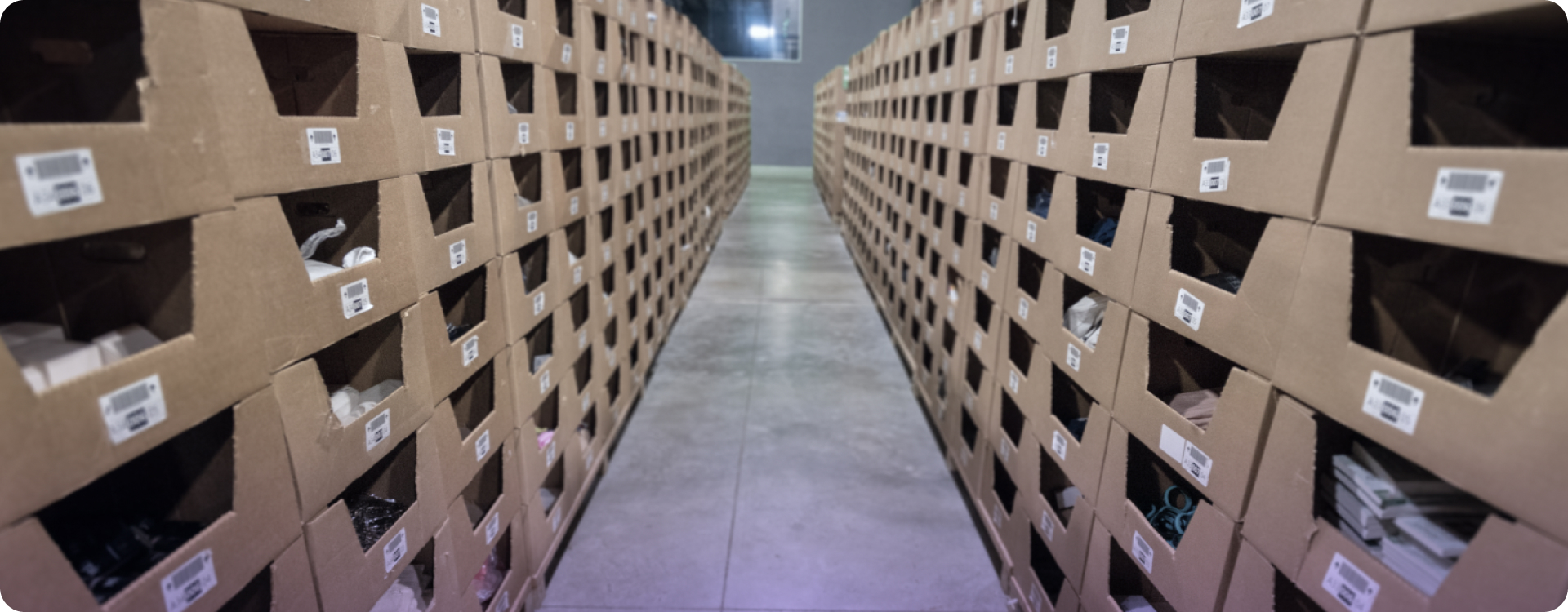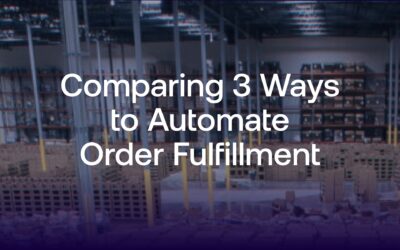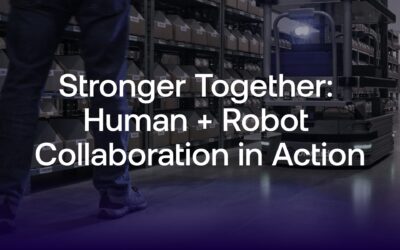The Top Market Trends in Fulfillment
Supply chain leaders continue to face critical challenges as they navigate e-commerce and omnichannel warehouse fulfillment in a new post-pandemic world.

Finding labor and budget to efficiently manage warehouse and distribution (DC) operations have fulfillment professionals looking for solutions that support cost-efficient and agile 2023 supply chain strategies.
So how is the fulfillment industry dealing with these concerns? We look at the top market trends that we see in fulfillment for 2023.
Labor Recruiting and Retention Will Continue to be a Major Challenge
Finding and retaining labor remains the primary concern across industries, but perhaps even more so among those in fulfillment. In the “Warehouse Operations & Trends Survey,” 48% of respondents cited finding and retaining workers as a top business challenge. But more than just a labor shortage, the labor challenges are also magnified by increasing labor costs. “Finding and retaining labor is still the No. 1 driving concern for everyone that we are working with. Labor availability remains a critical concern, and a key driver for automation,” says Norm Saenz, Jr., managing director and a partner with St. Onge. Those companies not able to add automation are finding that they need to be creative in finding labor, including an increasing use of “gig worker” platforms, temp agencies, and staffing agencies. In 2022, the average percentage of the workforce who were temps during peak volume reached 20%, up from 18.3% in 2021.
E-Commerce Will Continue to Grow Along With Customer Expectations
Even as consumers are returning to brick-and-mortar shopping to a certain extent, e-commerce sales are expected to soar from about 5 trillion US dollars to just over 8 trillion dollars by 2026. U.S. e-commerce sales have demonstrated this growth thus far in 2022, up 8.3% year-over-year from the first three quarters of 2021. Along with the continuing growth of e-commerce, customer expectations continue to grow as well. Data shows that 60% of 3PLs fulfill orders less than 90 minutes after receipt, up from 53% last year, and nearly a third fulfill orders in less than 30 minutes, up from 22% last year. Flexible fulfillment remains a requirement even for brick-and-mortar retailers, as ship-to-store, ship-from-store, and buy-online-pickup-in-store (BOPIS) options are ruling the retail space.
The Costs of Fulfillment Will Continue to Rise
Labor costs, warehouse space and equipment, and parcel shipping typically make up the bulk of fulfillment costs – and these are only exacerbated by the growth of ecommerce and the increasingly high rate of inflation.
- Labor: Increased demand — and limited availability — are driving up labor costs, and ecommerce operations typically require three times more staff than traditional warehousing due to the high volume of individual orders. One of the most significant costs that a warehouse can incur, labor can take up somewhere between 40-60% of a business’s operating budget. Adding to the cost of labor for warehouses is the need to replace the constant tide of departing workers. As a result they are forced to pay wages that are significantly higher than those of other blue-collar jobs. In June, according to the Bureau of Labor Statistics, nonsupervisory warehouse workers earned an average of $21.55 an hour, compared with about $15 to $20 for those in fast food and retail jobs.
- Warehouse space: The demand for warehousing space is historically high across the country, while the supply (i.e., vacancy) is historically low. This scarcity has led to drastic rate increases as companies compete for the little space available. In October of this year, the cost for in-place rentals for industrial space averaged $6.95 per square foot across the U.S., up 6.2 percent year-over-year.
- Transportation and shipping: According to a study in 2020, the majority of a typical logistics budget goes towards transportation needs – about 50.3% on average. It’s a trend that isn’t likely to slow down anytime soon and, in fact, has already become more expensive in the years following the study. From rising fuel costs to a diminished labor force of truck drivers, transportation costs are driving up the cost of logistics.
More Businesses Will Integrate Innovative Technologies into Their Systems
Meeting the demands of modern fulfillment with legacy technology and systems is a challenge made even more difficult in the current labor climate. To meet increased demand, highly fluctuating e-commerce volume, global staffing changes, and rising labor costs, the use of automation is crucial. Supply chain leaders are also finding that investing in technologies and training helps to retain labor and increase worker satisfaction. Re-skilling and up-skilling supply chain workers allows them to adapt and evolve their skills for a more hybrid, flexible, and technologically enabled workplace. In fact, the World Economic Forum estimates that, by 2025, 50% of all employees will need reskilling due to adopting new technology.
Onward Robotics is Lighting the Way in Fulfillment
Global supply chains face a future of continued economic uncertainty, labor shortages, and a skills gap, along with an on-demand world with growing consumer expectations. With labor and warehouse space at a premium, every second of order fulfillment counts. It is a risky, complex, and constantly changing environment that leaves businesses questioning how to boost capacity and do more with less.
At Onward Robotics, we are lighting the way to fast, reliable, and connected operations–so businesses can not only be competitive but grow.
See how our new Meet Me solution can amplify the potential of the human labor force while boosting employee satisfaction and productivity.


